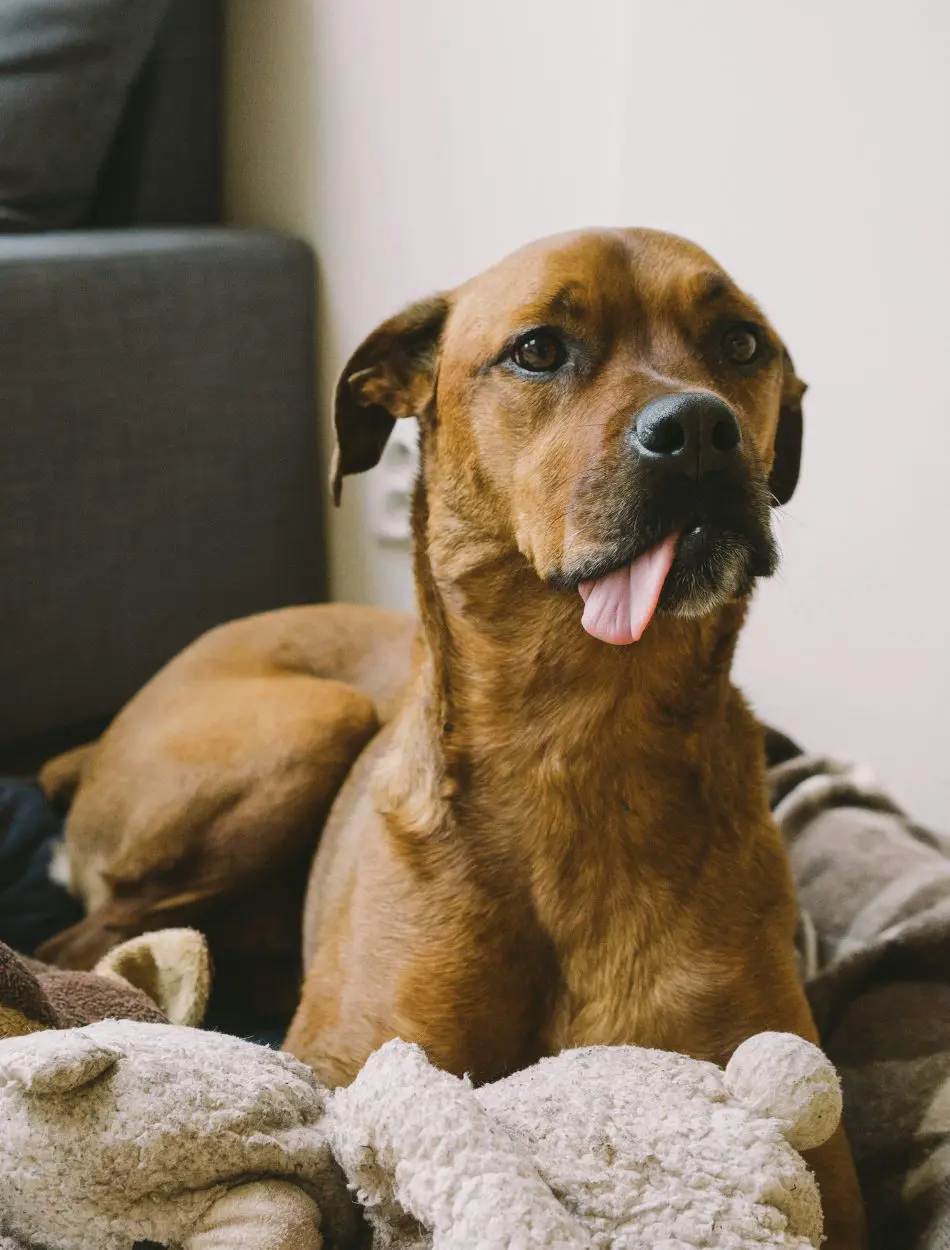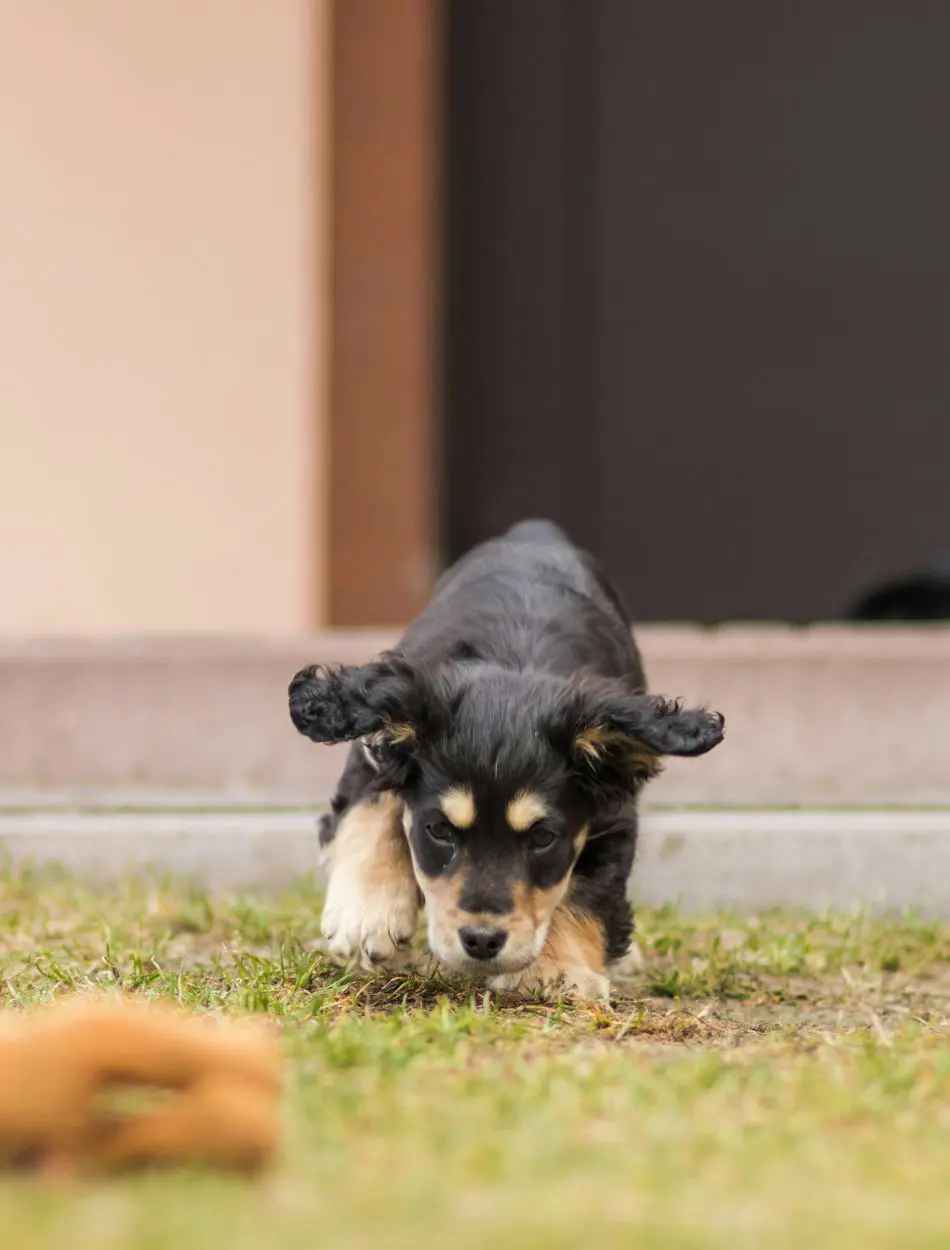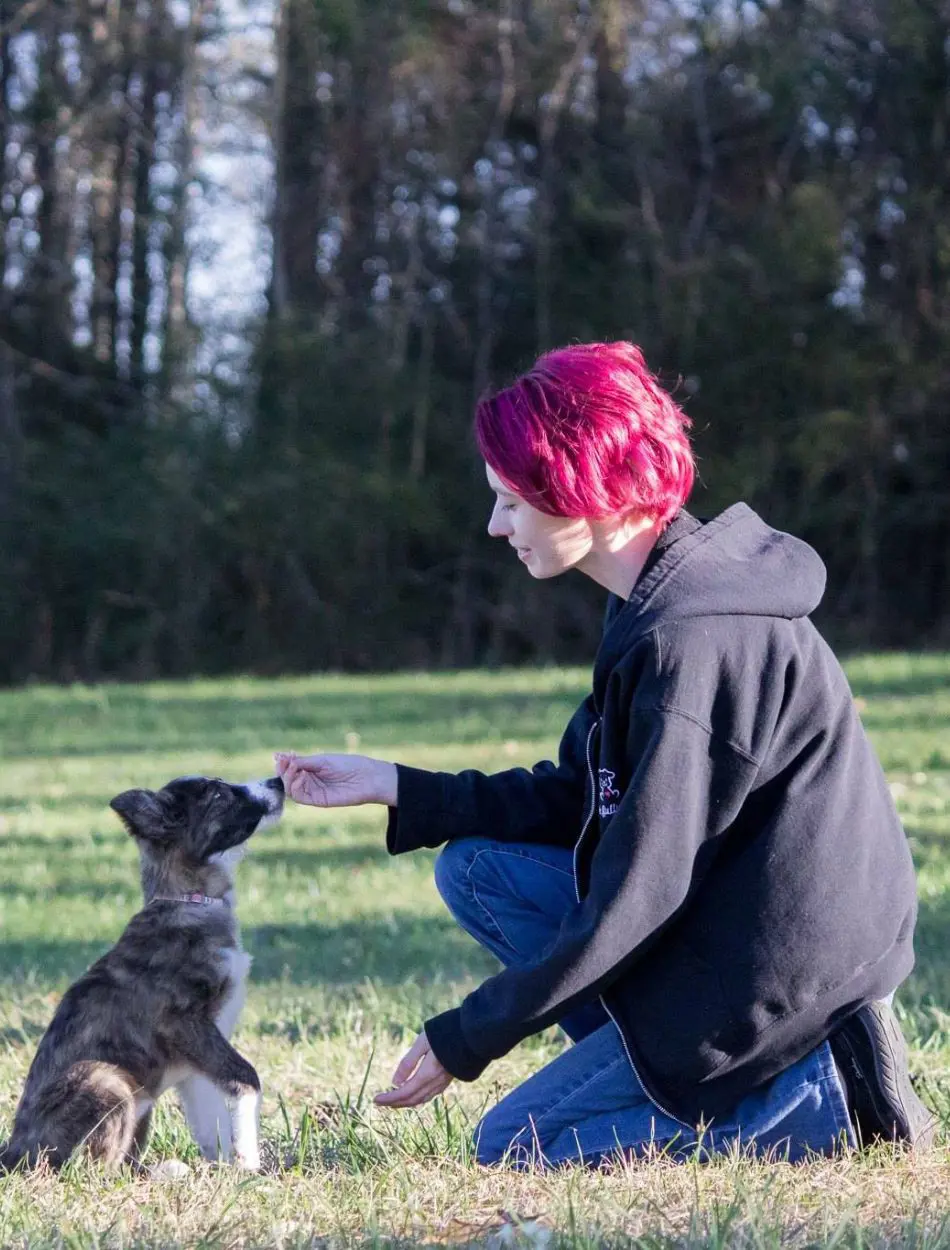20 Signs Of Bloat In Dogs
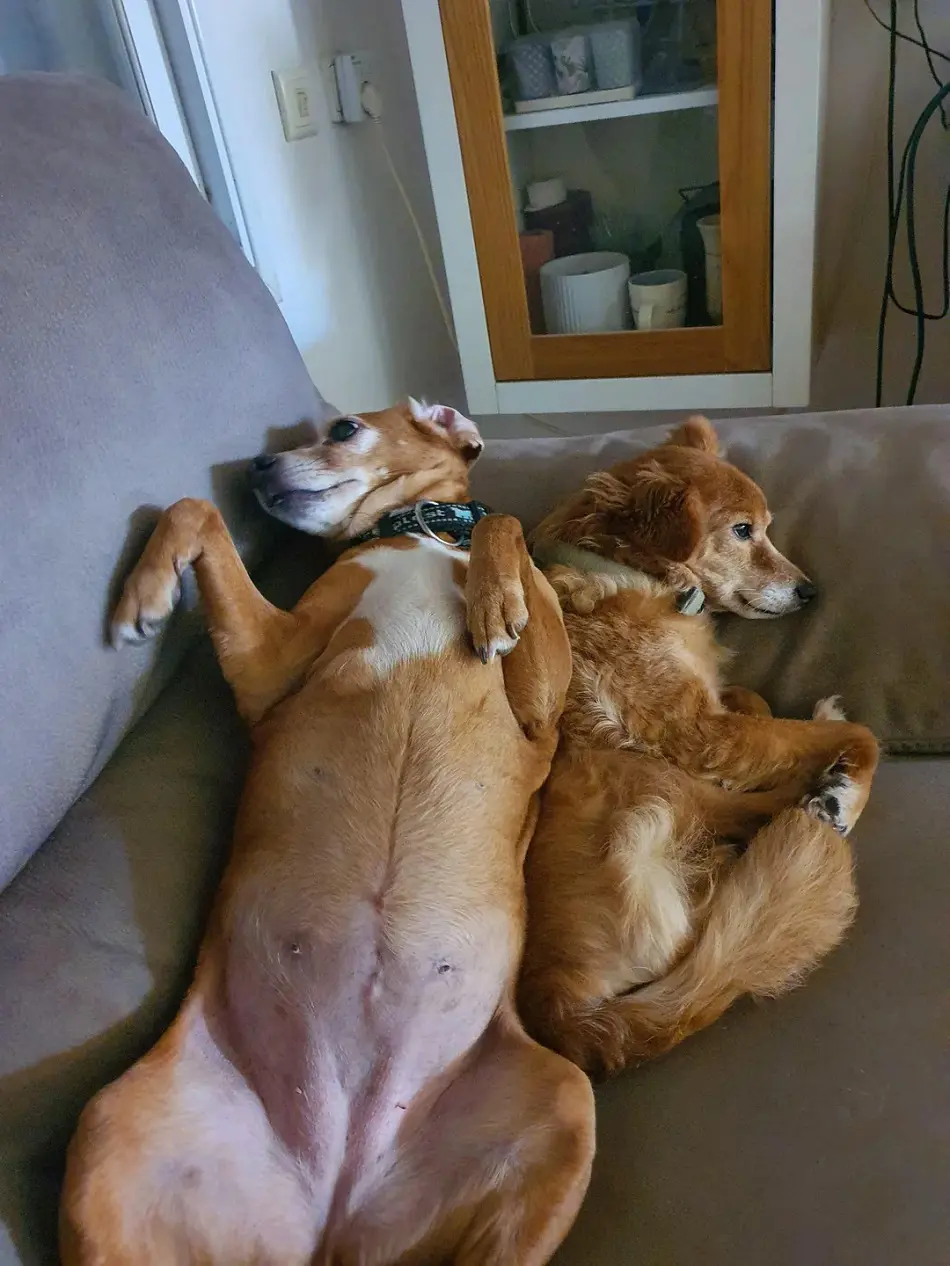
Bloat is one of the medical emergencies a dog owner needs to be aware of. It's a problem that can come on very quickly and become life-threatening in only a few hours.
Dog bloating means that a dog's stomach becomes filled with gas, food, or fluid and expands. When the swollen stomach turns, it traps whatever is inside it and cuts off the blood supply to the stomach, often to other vital organs as well. These predominantly take place in large, deep-chested breeds but can strike any dog, which is an acute condition requiring a veterinarian's attention. It shows the various signs to be aware of for the well-being of your furry friend which need to be understood.
1. Distended Abdomen
Perhaps the most obvious sign and symptom of bloating in dogs is a swollen abdomen. Distension results from the filling of the stomach with gas, food, or fluid that brings about sudden distension. By touching your dog's abdomen, you might feel that it is unusually hard, which acts as a major warning sign that there may be a problem.
Knowing the first symptoms of bloat may be critical to your dog's health. This is a severe condition, and it requires immediate, serious attention from a veterinary specialist. If you see any of the following signs, contact your vet.
2. Restlessness

Dogs with bloat will normally pace around, pacing up and down, quite clearly indicating that there is a problem. The pacing is usually up and down, as if the dog were trying to lie down comfortably but just couldn't. They lie down and get up, which obviously can be very distressing to watch, which is behavior brought on by the discomfort and pain of the condition.
Restlessness in dogs can be manifested in an inability to settle and panting, drooling, and acting very anxious are other characteristics. Continuous movement and efforts to try to relieve themselves from the discomfort are their ways of telling you that they need help. In such conditions, vet help is needed to ease their condition.
3. Unproductive Retching
Classic and alarming, nonproductive retching is one of the clearest signs of bloat in dogs in which your dog will attempt to vomit but won't bring anything up. You might observe that your dog is gagging, retching, or making heaving motions, but very little saliva or nothing comes out at all. This futile attempt to vomit is a very clear indication that something is seriously wrong.
The most dangerous is bloat, also known as gastric dilatation-volvulus (GDV), which is a potentially fatal condition needing immediate veterinary treatment. The stomach twists, thus capturing gas and preventing the passage of its contents. This causes extreme distension of the dog's stomach, which could be very painful and might result in organ damage.
4. Excessive Drooling
Drooling in dogs can be a very disturbing symptom and usually points to the fact that your dog may have some health problems. Classic signs include nonproductive retching, where your dog tries to vomit but nothing substantial comes out. This alone could be very worrying, especially if it is accompanied by gagging and retching.
In such attacks, your dog will have very little or no saliva flow. This is a sure sign of bloat, which can be life-threatening to your animal. Bloat, technically called gastric dilatation, volvulus, is an acute, life-threatening emergency where the stomach twists and traps gas inside while cutting off the blood supply.
5. Labored Breathing
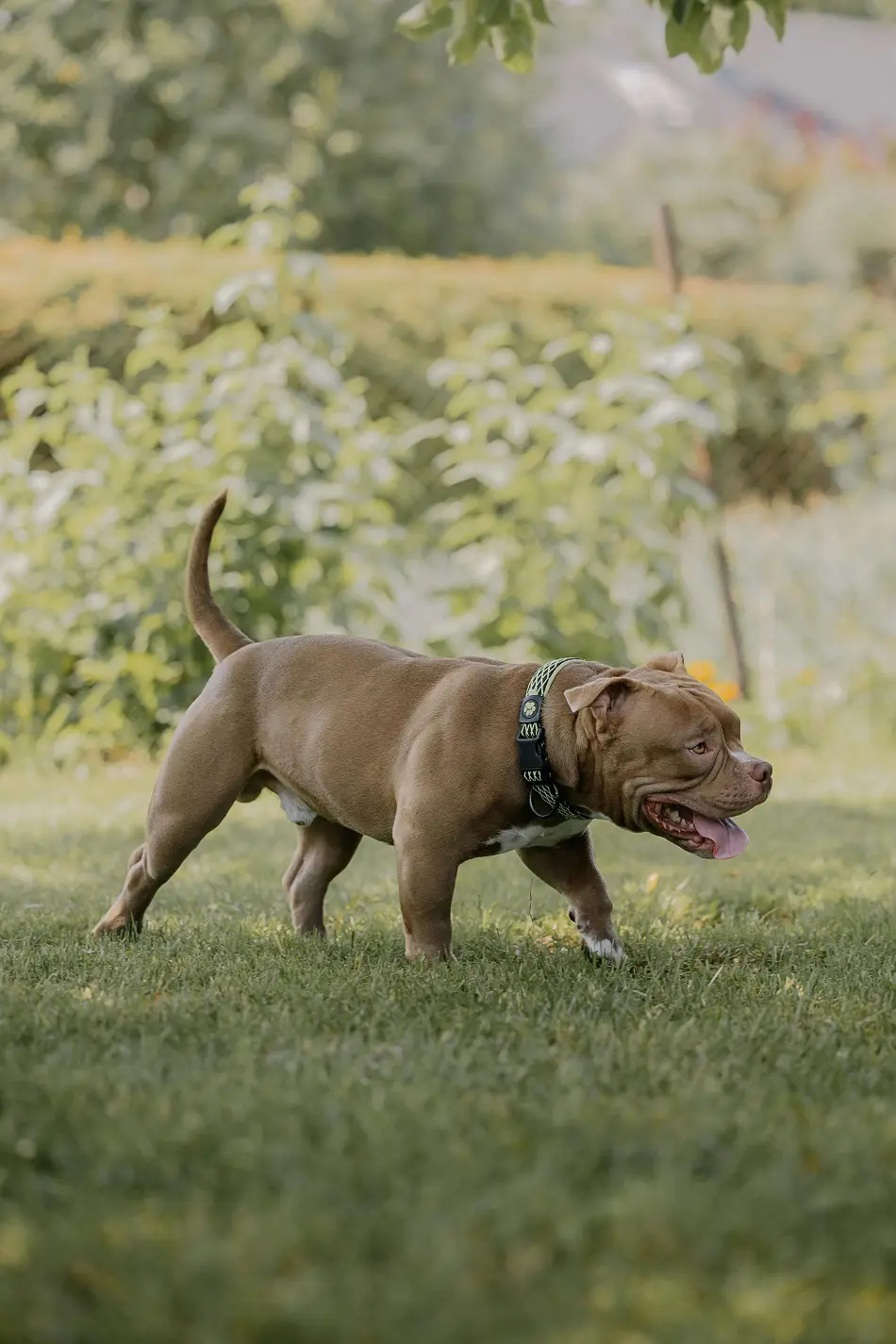
This may have a huge effect on the respiratory system of your dog since pressure is applied to the diaphragm. The increased pressure will hinder the normal movements of the diaphragm; hence, breathing will be very hard for your dog. You may notice an increase in rate or shallowness of breathing, which evidences difficulty in getting enough oxygen.
If your dog has trouble breathing, monitor him. Difficulty in breathing might escalate to danger within a very short time if not treated. Be sure to watch for agitation, too, or an extended neck or a bluish tint to the gums, which is a sign of oxygen deprivation.
Always rush your dog to a veterinarian if it shows such symptoms. Timely intervention may relieve pressure on the diaphragm, restore normal breathing, and prevent further complications related to bloating.
6. Weakness
Weakness can come about rather suddenly and can be frightening in dogs, especially if it is related to bloat. If your energetic dog seems weaker or lethargic than usual, know that you must pay attention. Such a dramatic behavior change may mean diminished blood flow and, subsequently, less oxygen delivered to essential organs, which is a major complication.
Bloat is the term used for gastric dilatation volvulus, or GDV, which is an enlarged stomach with a resultant twist, obstructing normal flow. This can very quickly and seriously impact a dog's health, leaving them weak, unable to stand up, or even walk around as usual. If you observe these signs, it means urgent attention by a veterinarian is necessary.
7. Pale Gums
Your dog's gums are the window to his overall health, and one quick check can tell you a lot, especially if your pet has bloat. Ordinarily, healthy gums are a vibrant pink color and if you find your dog's gums to be pale or bluish, that is a dangerous red flag. This discoloration, in many cases, means poor blood circulation, which again is a common effect since the expanded stomach restricts blood flow.
Acting quickly when pale gums present themselves can truly be lifesaving. The symptom is one that allows you to recognize that your dog could be in critical condition and in need of immediate, emergency care with a veterinarian.
8. Rapid Heart Rate

A racing heart is an indicator of distress in the bloating dog, and immediate action is required. If a dog's heart is racing, then that could be a very good indication that their body is under extreme stress and struggling to function normally. Combine this with other symptoms, such as restlessness or a distended abdomen, and it really should be a warning sign that it will not be ignored.
Feeling for a pulse To check your dog's pulse, place your hand over their chest just behind the elbow. Feel for a steady, rapid beat. You can also feel the femoral artery on the inside of the thigh for a pulse. An insistent increase in heartbeats, especially when combined with other signs and symptoms of bloat, is an indication for immediate veterinary attention. One symptom that will hasten bloat recognition is a rapid heartbeat which might save your dog's life, so keep looking out and act quickly.
9. Abdominal Pain
Dogs that have bloat usually exhibit very strong signs of abdominal pain, One of the earliest manifestations may be vocalization in which, a bloat-affected dog may yelp or whine, especially upon touch or pressure application on their abdomen. This pain is derived from the intense distension of the stomach and its possible twisting, leading to extreme discomfort.
Beyond the vocal cues, watch for behavioral changes that indicate pain. Your dog may become unusually still, hunched in a posture, restless, and unable to lie comfortably in any one place. These are their ways of dealing with pressure and pain going on inside their abdomen.
10. Anxiety
Anxiety and restlessness are very common in bloating dogs. If your normally sedate dog suddenly becomes restless, unable to lie down or get comfortable, that's often a dead giveaway that something is wrong. The discomfort and pain can leave your normally placid dog out of character, constantly seeking reassurance, and very clingy.
You may see your dog pacing back and forth. It can't seem to get comfortable. Of course, that will depend on the degree of extreme discomfort your pet is experiencing. Other common signs and symptoms include excessive panting, whining, or any other such symptoms that may indicate distress.
11. Refusing to Lie Down
One very important indication that your dog is suffering from bloat is if they are unable to lie down. This could be due to acute discomfort and resultant pain in the condition. You may notice that your dog will try to lie down, only to get up almost instantaneously.
Such restlessness is a surefire indicator that the dog is in distress while trying to lie down comfortably, which is a very common response to abdominal pressure inflicted by bloat. A dog who is experiencing pain may stand in unusual postures or lie down peculiarly. Many a time, the abdomen of such dogs is tucked up. They also stand hunched over and then lie down in awkward positions.
12. Hunched Posture
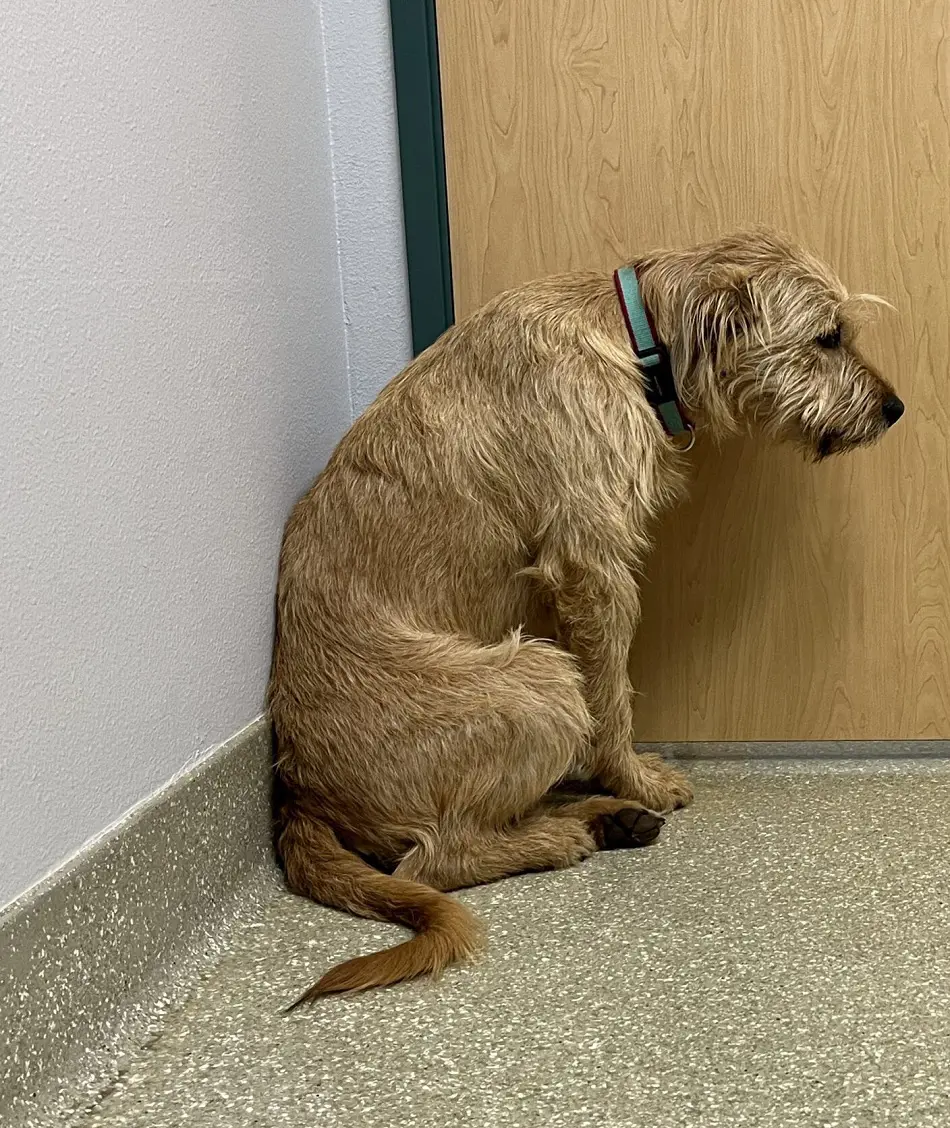
If your dog stands hunched with its back arched and its belly tucked in, then it means more than that quirky stance, it’s a way of signaling pain. Commonly, this posture would mean the dog is attempting to take some pressure off the stomach area or abdomen due to some sort of painful condition, such as bloat.
In the case of bloating, the stomach expands and may even be very painful. Assuming a hunched position, the dog will naturally try to bend as far forward as possible to reduce this pain and pressure these might become the most important indication that something is wrong and may signal the need for emergency veterinary care.
13. Whining or Whimpering
Whining or whimpering could indicate more than attention seeking, especially if these sounds are uncharacteristic. Dogs often vocalize such noises due to pain or discomfort. So, if your normally quiet or sedate pet suddenly becomes vocal, there may be something up.
Bloating can be quite uncomfortable and painful, so whimpering or whining is a means for your dog to try to signal that something is wrong. These whimpers or whines differ from those noisy, playful, or attention-seeking noises in their air of seriousness, which puts across the feeling that something has gone haywire. If you can identify this behavior, mainly conjunct with other signs such as a distended belly or restlessness, then it could be bloated.
14. Excessive Licking

When a dog starts licking in excess, be it their lips, air, or even nearby objects, it's more than just a quirk. It is very often a subtle, telling sign that something might be seriously amiss. For the record, excessive licking can suggest nausea or pain, common in conditions such as bloat.
Licking is a dog's way of coping with being uncomfortable. This also might be a sign of internal distress, meaning their stomach is bothering them, or they have discomfort or pain. Pay close attention if you observe this in conjunction with other symptoms.
As far as bloat is concerned, excessive licking is an indicator of a warning sign that needs the vet's immediate attention. Early treatment is necessary to handle whatever is causing the problem and to make sure your dog is all right.
15. Behavioral Changes
Apart from physically affecting a dog's health, bloat may also drastically change its behavior. Normally placid and very calm dogs may become irritable or show sudden fits of aggression.
This is not typical aggression for them but a reaction towards the acute discomfort and pain caused by the condition. The amount of distress caused by bloat may make even the gentlest dog disproportionately hostile.
On the other hand, if your pet is very energetic and playful, then it may suddenly become very withdrawn or lethargic. In either case, such a change of character is bound to indicate that something has gone wrong. If your normally active dog suddenly has no interest in the things they love doing or even appears not to respond at all, this must be taken seriously, and you should seek veterinary attention immediately.
16. Lack of Appetite
Loss of interest in food or water is mostly a red flag, especially if such a loss of appetite is accompanied by other symptoms pointing to bloat.
A drop in appetite could be because of minor problems in a healthy dog. With bloat, it's even more alarming. The stomach swelling may cause such violent pain that even the food-loving dog wouldn't even want to look at his favorite treats. This sudden refusal to eat and drink is not only an indicator of distress but of a grave condition that needs instant attention.
If the eating patterns of your dog change radically, more so if they are also showing other symptoms of bloat, then it is quite necessary and urgent to see a vet. Early intervention could be the key to heading off serious complications.
17. Weak Pulse
In more advanced bloat, the pressure upon your dog's internal organs can lead to a serious and life-threatening condition called shock. The main signs of shock are a weak or irregular pulse. That is an exceedingly important clue that your dog's circulatory system is not adequately supplying blood to the tissues.
Feeling for your dog's pulse by placing your fingers gently on the inside of the thigh where the femoral artery which is the pulse should feel steady and strong, if it is weak, rapid, or irregular, your dog could be going into shock, a serious complication of bloat that needs immediate veterinary attention.
A weak pulse is a harbinger that time is of the essence. If you detect this sign, act fast to get your dog to an emergency vet.
18. Collapse

Probably one of the most frightening signs in the worst cases of bloat is collapse. A collapsing dog with bloat is one of the worst scenarios of GDV. This, therefore, acts as a red flag, signaling a very critical need for immediate veterinary intervention.
A collapsed dog indicates that blood flow and oxygenation to the critical organs are at a very low level. Most of the time, this happens when the swollen stomach bounces back onto the heart and other critical systems. If you have noticed your dog collapsing to the ground without the ability to get up or move, you should act fast.
This, therefore, calls for haste. Every moment counts in such an emergency; therefore, rush your dog to a veterinary clinic. Prompt treatment will help improve the chances of survival and recovery.
19. Shock
One thing that a pet owner should realize is that bloat is a very serious and even life-threatening condition that goes with shock. It is a state of bad perfusion that will end in rapid death if not treated correctly.
Some easily recognizable signs, among others, exhibited first by a shocked dog are cold extremities, for example, icy paws or a cool, damp nose. This is because blood flow is diverted away from the peripheral areas and directed towards the vital organs.
Another major indicator is rapid, shallow breathing which could happen when your dog is in distress because he has no oxygen circulating within the blood. Another very common problem is disorientation; he may act dazed or even be unable to respond to usual commands and acts.
20. Depression
One of the scariest symptoms of bloating dogs is a behavioral change. Maybe your bubbly and playful dog suddenly becomes withdrawn and indifferent. Certainly, this changed behavior is an indication of pain, but it could be a symptom of something much worse.
Depression is a common feature of bloating in dogs in which they act uninterested in the things they used to do. They may appear lethargic, trying to avoid interaction and be disinterested in their environment. For a healthy and happy dog, such a lack of interest is unnatural and a very important warning sign that something is not right.
In case of sudden loss of responsiveness or mental absence of your dog, seek veterinary help immediately. Early detection and treatment may make a difference.
When To Visit The Vet?
If you observe any of these symptoms, please take your dog to the vet as soon as possible. Bloat can cause the stomach to twist, cutting off blood flow to vital organs.
Without timely intervention, it can be fatal within hours. Large, deep-chested breeds like Great Danes, German Shepherds, and Boxers are more prone to this condition, though it can affect any dog.
Even if you're unsure whether your dog is experiencing bloat, it's always safer to visit the vet as soon as possible. Early diagnosis and treatment, which may involve surgery, are essential to saving your dog’s life.
Recent posts
Dogs
Why Do Dogs Pee In The House?
Uncontrolled peeing inside the house is usually perceived as a sign of a poorly-disciplined dog. However, it may not always be true as the canine could be suffering from a medical issue or cognitive decline. And, getting made is not the solution as y...
Dog Sleeping Positions And Their Meanings
The diverse sleeping dog positions of our furry companions unveil a fascinating tapestry of behaviors and emotions in the canine realm. From the classic Curler to the enigmatic Superman, each posture conveys a unique message about a dog's well-being ...
Dog In Heat: When It Happens And How Long Does It Last
A female dog will get to the phase of reproduction known as the heat cycle if she has not been spayed. If you have an unspayed female dog, it's vital to understand the stages of her heat cycle. During heat, a canine's conduct may additionally c...
15 Causes of Dog Losing Hair
Occasional hair loss and shedding is a natural physical process in dogs. Seasonal shedding helps remove dead and excessive hair from their body. But, when a dog starts losing excessive hair, it can be a terrifying sight for pet owners. Often, dog par...
18 Signs A Dog is Dying
Recognizing the signs that a dog is dying can be heartbreaking, but it's far more essential to offer comfort in their final days. The signs consist of changes in behavior and constant hunger indicating that it may be time to say good-bye. Owners who...
15 Reasons Why Dogs Eat Poop And How To Stop It
Dogs sometimes engage in odd and unhealthy behaviors, along with ingesting their poop or that of different animals. This habit may be concerning and disgusting for any pup owners. This habit has many motives, however, the secret is locating eff...


